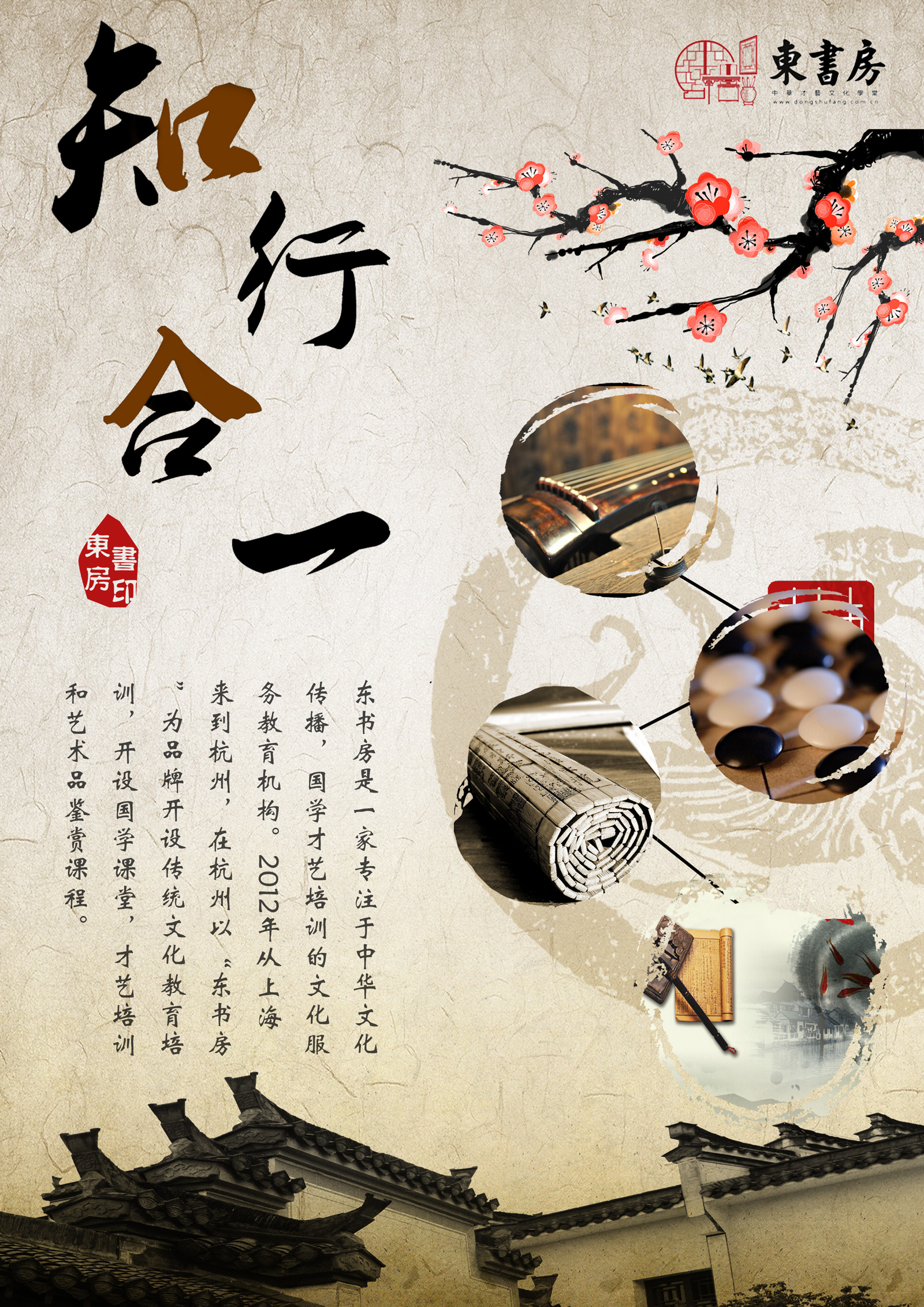
The People’s Republic of China, a country with a rich and varied past, possesses an abundance of traditional gems. China’s age-old culture symbolizes a rich and multifaceted landscape formed over millennia. In the following paragraphs, we investigate some of the pillars that define the unique and enduring culture.
A significant aspect of China’s traditional culture lies in its philosophical thought. Ancient philosophers formulated important ideas, for example Daoism, each of which shaped the nation’s society profoundly. These ideologies stress values such as balance, loyalty to family, and empathy, all of which persistently hold true within modern the Chinese way of life.
cinnabar bracelet
An additional significant facet related to ancient Chinese culture concerns its unique art forms. The art of China is often identified via its concentration with regard to proportion, along with the value placed on calligraphy. In time-honored paintings and pottery, these various aesthetic endeavors demonstrate the unique sense of beauty present in China’s cultural heritage.
In addition to art and philosophy, China’s cultural heritage furthermore encompasses rich practices and events. These occasions, for example the famous Spring Festival, Mid-Autumn Festival, and also Duanwu Festival, serve to strengthen family bonds and at the same time uphold China’s cultural values. All event is often characterized through specific practices, foods, along with performances, showcasing China’s vibrant cultural tapestry.
Furthermore, Chinese traditional culture also is manifest across its architectural designs. From traditional palaces and common houses, the architecture of China exhibits a focus on harmony, scale, and its relationship with the natural environment. These unique structural designs serve as a vivid testament of the enduring traditional legacy.
In conclusion, China’s cultural heritage is a unique and timeless panorama of philosophy, artistic expressions, customs, celebrations, and architecture. Such elements not only reflect the country’s varied historical past, but also act as a vital basis for modern the Chinese nation. By way of understanding and protecting these valuable heritage gems, we can gain a deeper grasp concerning China’s cultural identity, and additionally enriching our international heritage knowledge.